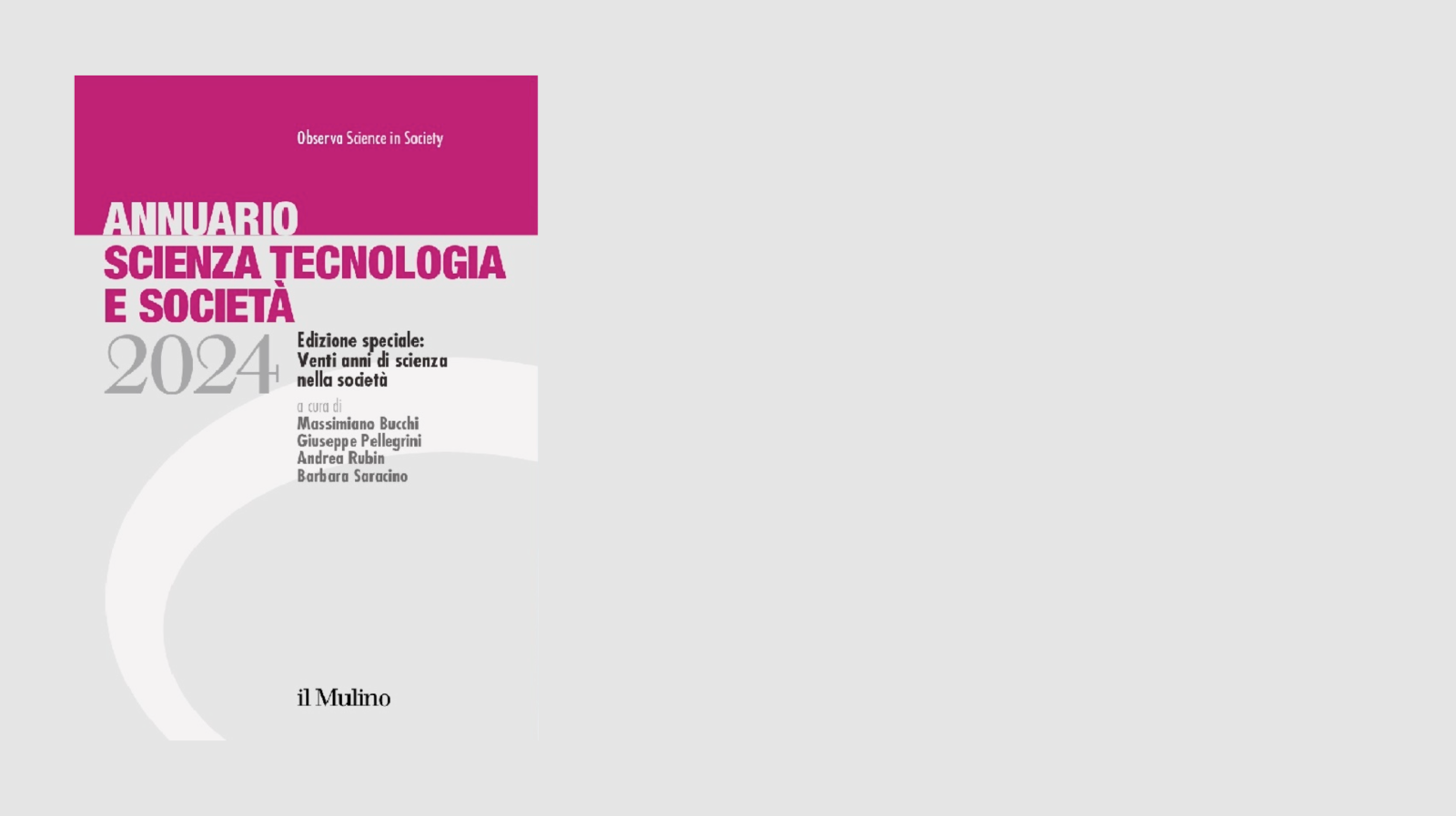At the beginning of 2015, the first Italian smart-cities platform will be online. It was presented as a preview at the Smart cities Exhibition held in Bologna at the end of October, and it has been realized by Observatory Smart City of ANCI. It collects more than 1000 projects of smart cities in Italy and we will be able to navigate it from the beginning of 2015.
The cities involved into smart cities projects are 84, for a total of 1028 projects, which means about 17 projects for each city while 16 percent of them has been realized in partnership with foreign countries. The Observatory estimated that the total value of these actions is about four billion euro.
Actually, the term Smart cities has a lot of meanings, reflecting all the different forms of intelligent urban projects. They involve municipalities, but also enterprises, universities, schools, banks, hospitals. They mean talking about saving energy, the enlargement of public parks, urban regeneration, and planning. Cultural heritage, transportation, working on social inclusion. In other words, smart cities mean seven things: environment, energy, economy, people, governance, mobility and living, and among them, the richest is the area of governance, which collects one-fifth of all projects. E-government in particular, which covered a third of the projects concerning governance, that is, 15 percent of all the smart cities projects.
Remaining into the field of governance, 22 percent of the projects covers urban planning, 16 percent sharing government, 8 percent open data and transparency, and 5 percent cloud computing. Also notable is the repartition of the projects concerning environment: 30 percent of them are about pollution control, 32 percent for renewable energy and 26 percent for sustainable buildings.
The biggest framers of this smart revolution are the large municipalities, above 150,000 inhabitants. According to these data, more than 46 percent of the total projects were reported by municipalities and the majority of contributions – about 70 percent – came mostly from the Centre and North, above all Emilia Romagna, Lombardia and Veneto, while in the South, Puglia stands out with 98 actions.
Since the word “dataset” is really loved, here the curators are keen to specify that it is not a database, but rather "a new and important way to give maximum visibility to all processes involved in the definition of smart cities", emphasizes Paolo Testa, Director of Cittalia ANCI. A starting point from where to plan the resources in view of the new community program 2014-2020.
Moreover, it represents an inspiration for those – municipalities businesses or public administrations – who still did not assess projects related to smart cities. The idea is to offer the opportunity to know what other cities has already done, in order to encourage the open dialogue among different cities and between the public sector and enterprises, and to eliminate fragmentation. In addition, the platform will be navigable also in English, to encourage foreign investors and catalyse future relationships.


